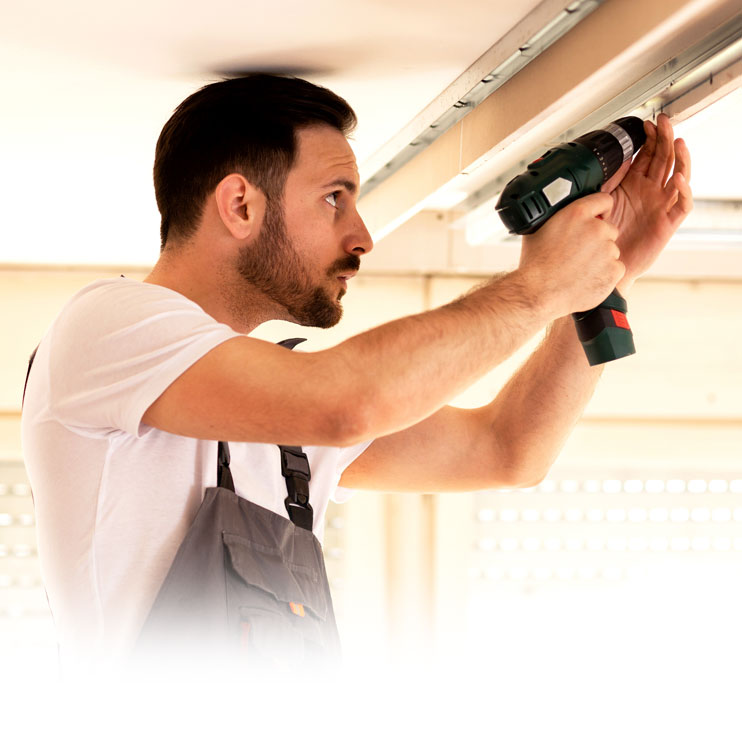Buildings in Australia are plagued with defects. Defects impact the structure and value of a building and have drastic impacts on owners and residents. This guide aims to provide committee members and owners with an understanding of how defects are legally classified, what the most common defects are, why defects happen in the first place, and when committees are legally required to fix them.
Our Community Living guides are designed to address the topics that will help enhance community living throughout our country.
By discussing these topics and explaining what they are, how they affect you, and addressing the common misconceptions around each topic, we aim to provide you with the tools to enhance liveability, certainty, and harmony within Australia’s community living landscape.

Despite being complicated, it’s important to understand building defects and why they are so prevalent. One significant factor that contributes to making defects a challenge for committees and owners is that they are considered an accepted part of the building and construction process.

Knowing your building systems and common building defects can help you spot them and give you some understanding of what specialists look at when they undertake diagnostic reporting. What’s more, knowing where defects most commonly happen also means you can make sure the builders you use have a good reputation in this area.

Defects can happen at every stage of the building and construction process. However, studies have shown that 50 to 60% of defects happen because of design issues or could have been preventable with better design. This means that 40 to 50% of defects arise in the construction phase.
"*" indicates required fields

Head office
Level 27, 66-68 Goulburn Street, Sydney, NSW 2000

Monday - Friday, 8:30 am - 5:00 pm
Notifications